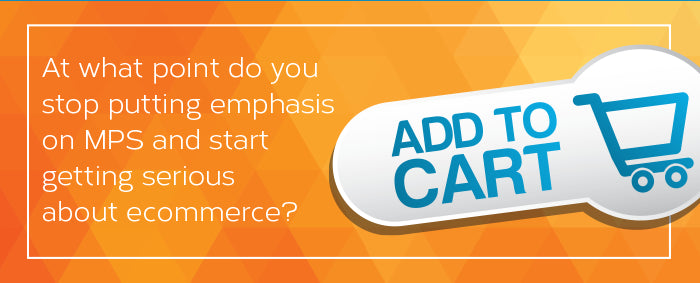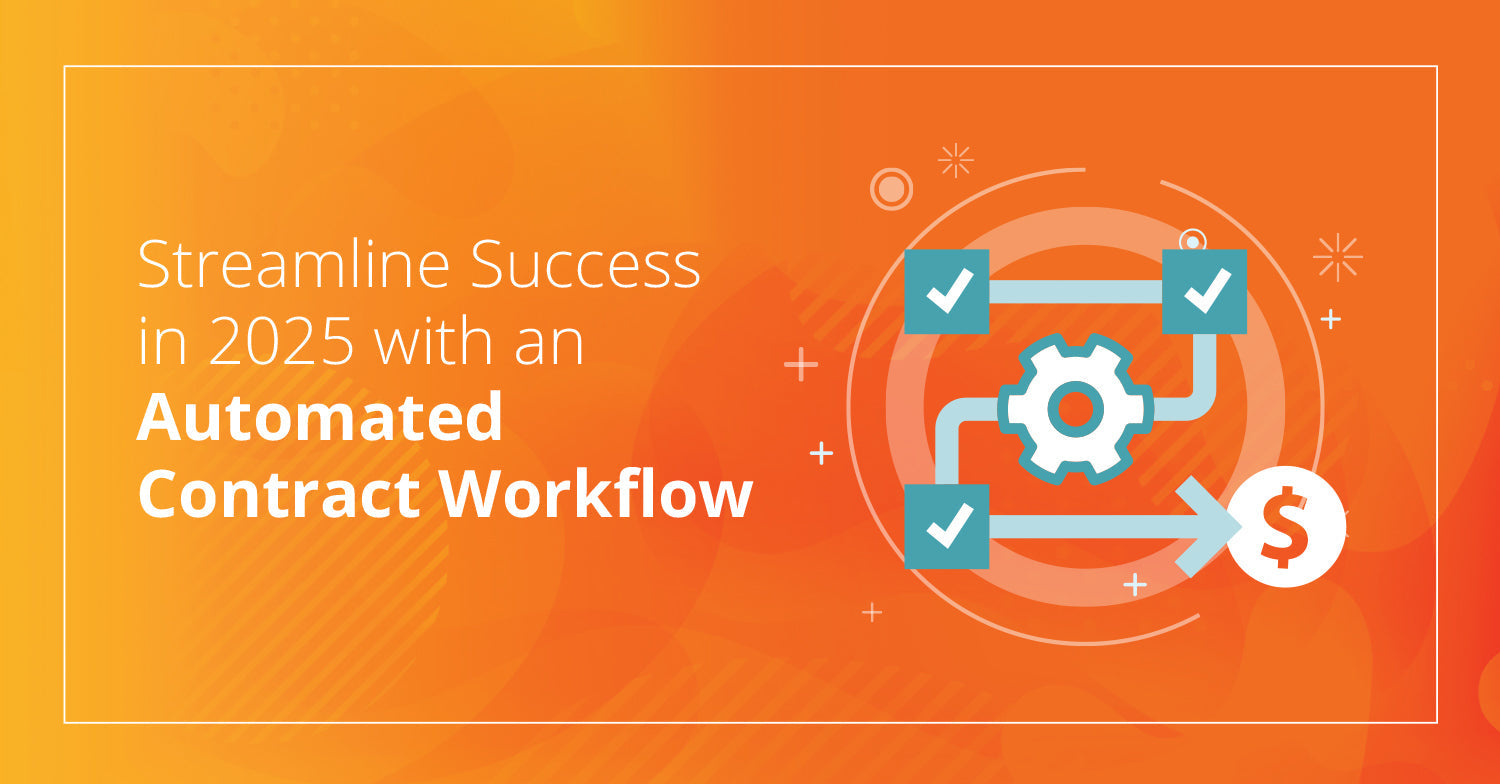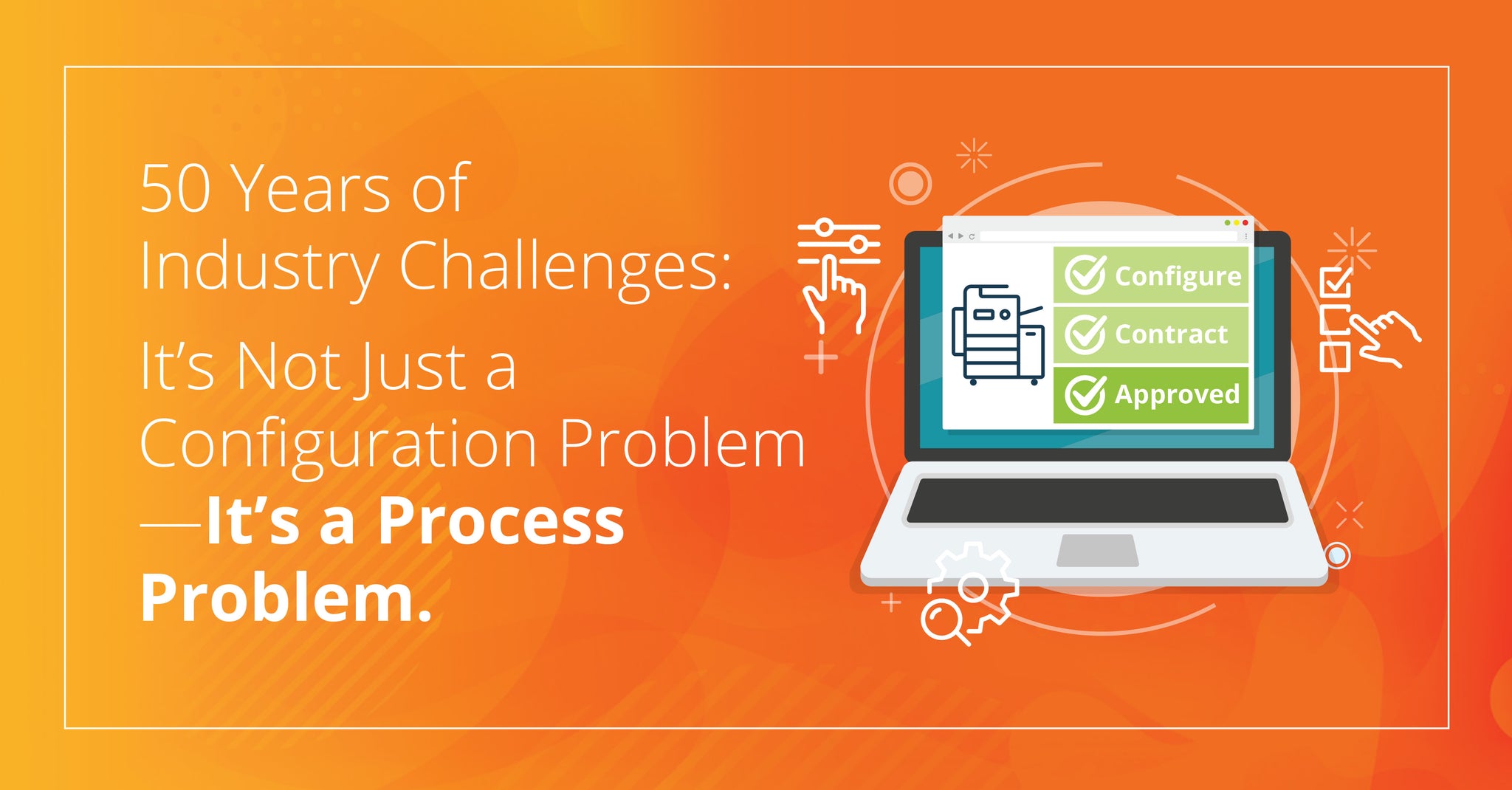At what point do you stop putting emphasis on MPS and start getting serious about E-Commerce?

Raise your hand if you think MPS has been a rousing success at your company? I’m underwhelmed, but not surprised. Unless your company has been built on a foundation of MPS –from the ground up, it’s probably been a difficult undertaking. You are, of course, not alone. In spite of all the efforts, most companies continue to buy supplies, service, and hardware transactionally, that is to say, when they need it, they buy it. What has changed is that the buying process is largely an online transaction, and not a phone call, email, or (wait for it) a fax order. So the question is, as we sit looking straight at 2016, do you keep on trying with MPS, or do you put resources into ecommerce?
Here’s some good news: you can actually leapfrog into a viable ecommerce solution by leveraging what you already have invested in MPS. What if you could notify your customers that they needed to order a supply, and close that loop by linking them to your website to buy it? What? You don’t have an ecommerce website?
Creating an automated ecommerce supply cupboard is a lot easier than you may think. Many companies today have an RMS vendor like FM Audit, PrintFleet or Print Audit, that monitor devices all day long. Unless those devices are under contract, then the monitoring is not generating any revenue for your dealership. MPSToolbox has now integrated with Shopify, to pull data from your RMS system, email alert a customer that supplies need to be ordered, and link the customer to their own supply cupboard, on your website, so they can execute an online order.

What could this mean to your business?
First off, allow me take a shot at all these companies that are telling you that you need to create a fancy site, write blogs, carefully manage SEO and SEM…Have you heard that pitch? This is 2016. If you have a website and it is not an integrated ecommerce site, you are missing the biggest opportunity in your business today. If you write a nice blog and email it out to customers and prospects, only about 30% may open the email to look at it, of those that do, fewer than 5% will click to read a full article. That’s about a 2% engagement. Even if a prospect comes to your site, can you really say they are “engaged”? Now, if you send a customer an email that says they need to order toner, gives them some details and a link that takes them to a spot on your site to place that exact order, then they are 100% engaged.
Let’s do some simple math.
Do you have 1000 printers that you monitor, but do not manage?
Let’s assume 20% of the printers are color. Mono devices need a supply every 3.5 months. Color devices need one supply per month (they have 4 cartridges). Assume also the average supply cost is $100. This fleet needs 430 cartridges per month. That’s $43,000 a month in potential revenue. It’s true, you might never get all of that revenue, but if you do not offer a viable ecommerce solution, you likely won’t get any of it in the near future. Even if 20% of those customers transact, that’s over $10,000 each month. Here’s another neat thing about ecommerce: once customers buy supplies from you, your site can also sell them service, hardware, and other products. Customers will likely buy more than toner. Ask Amazon. They sell a lot more than books today. That wasn’t the case a decade ago. No ecommerce? No revenue.
How about a demonstration?
What’s going to change at your business in 2016? Many companies have not seen the results from MPS they had hoped. Even if you have had some success, there likely are accounts that are not a good fit for MPS. Why not monetize them? It’s actually really easy, and inexpensive, to get up and running with ecommerce. Too good to be true? Book a 45 minute demo and see for yourself.


